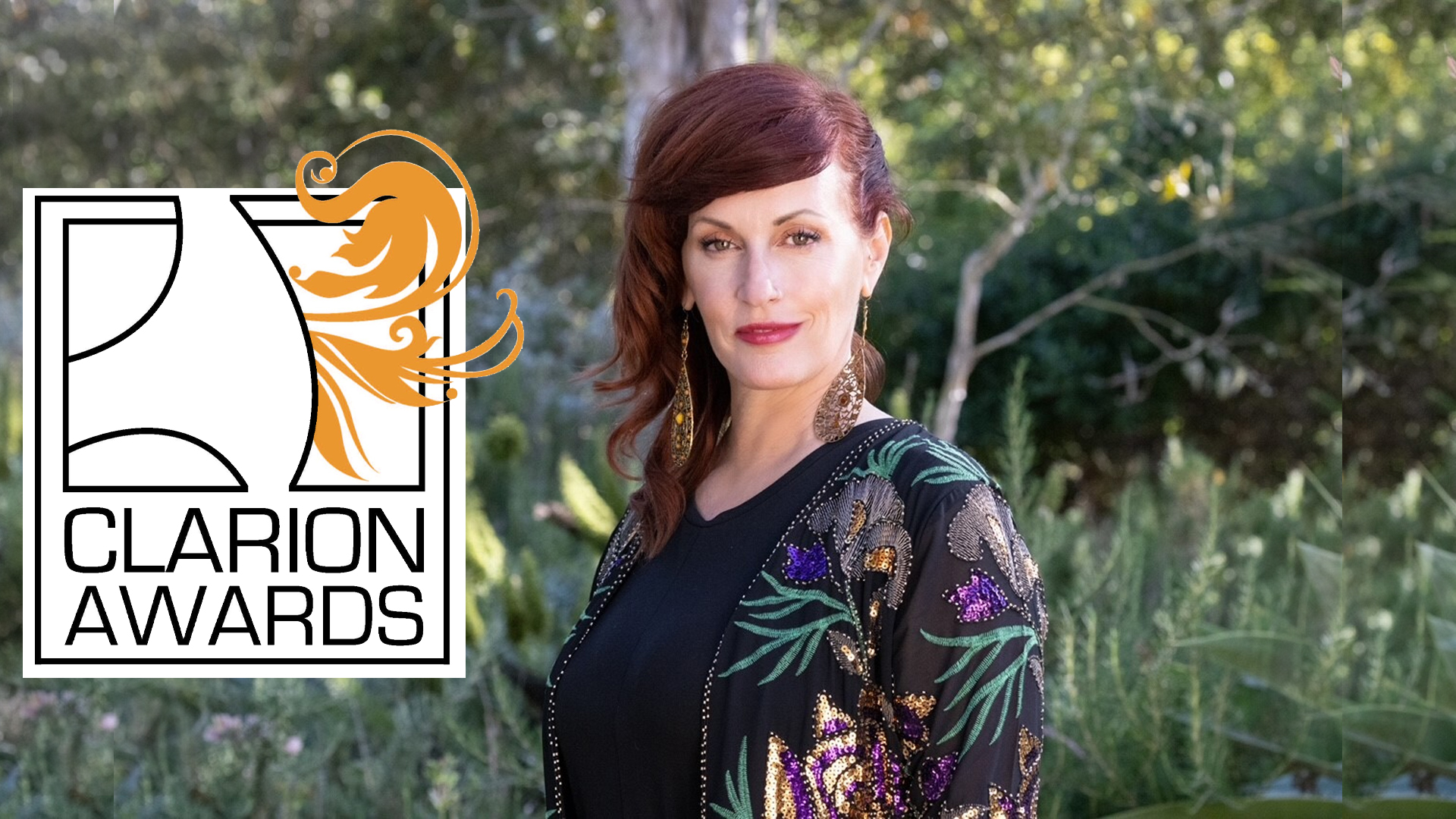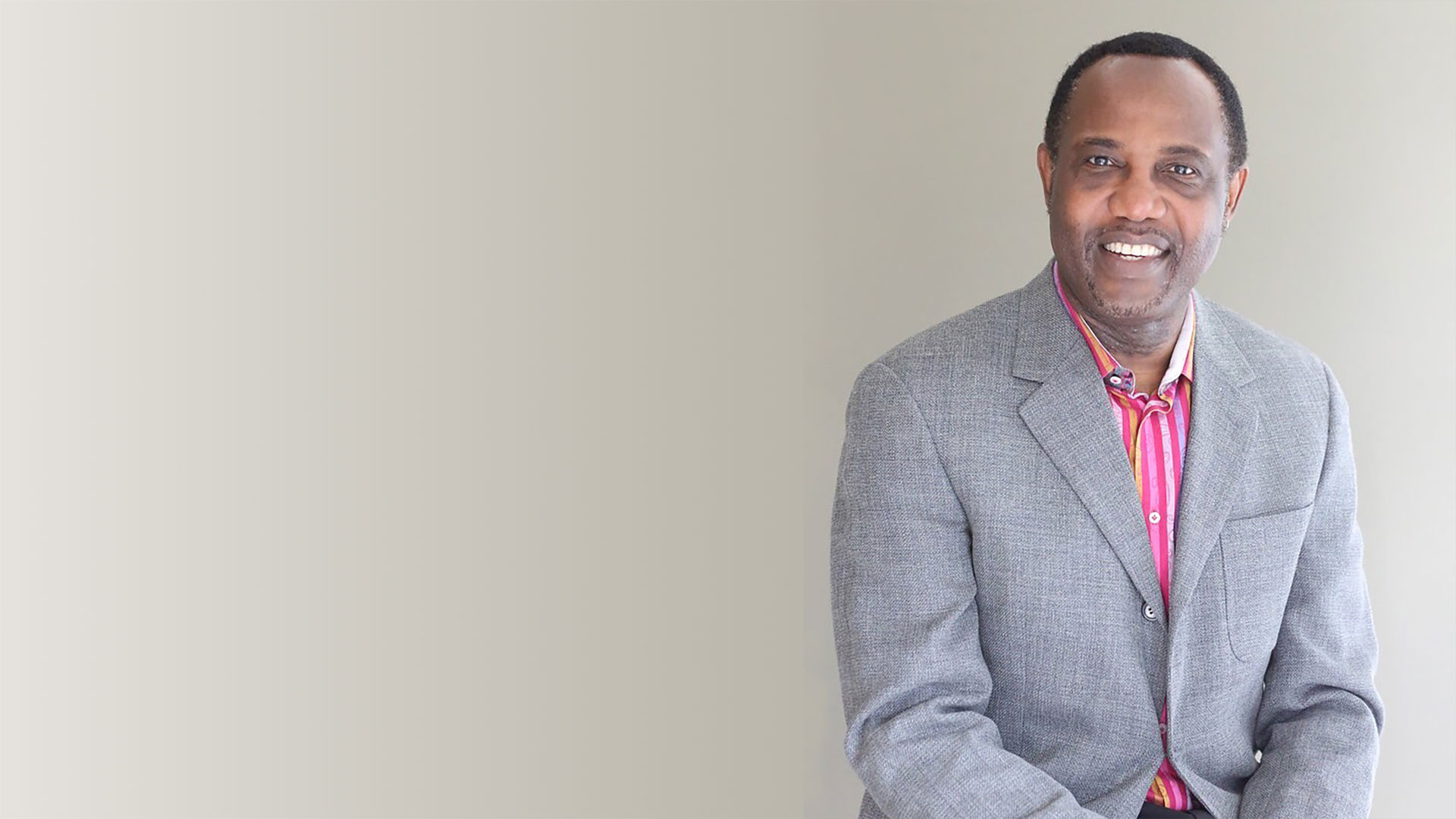Must-know truths about the neurobiology of learning and change
What do you know of the intelligence that lives in your fingers and toes, the beat of your heart, the set of your shoulders? What clues do you see – or perhaps, fail to see – when your client sighs, shifts in their chair, or settles into stillness?
There is a vast wisdom in the movements, sensations, tissues, organs, and rhythms of the human body. But in ordinary everyday life, few of us are taught that this intelligence even exists, much less how to make use of it. As coaches, we need to know.
We need to know because our clients’ bodies consistently reveal their deepest longings and most vexing obstacles. And we need to know because our own bodies connect us to stronger intuition, deeper empathy, and a vastly more powerful coaching presence.
Two Paths to Self-Awareness
Research in the field of neurobiology reveals two different neurobiological pathways associated with self-awareness. As coaches, we are adept at working with our clients conceptual self-awareness. By asking powerful questions, we teach clients how to take new perspectives, write new narratives, and shift belief systems. This process calls upon the nerves, muscles, and brain regions involved in speech and hearing.
There is also another kind of self-awareness, known as embodied self-awareness. Embodied self-awareness is defined as present-moment, non-judgmental awareness of sensations, movement, and emotions. This type of self-awareness is experiential rather than conceptual. It is less about understanding ourselves, and more about sensing ourselves. It calls upon the neurons, muscles, organs, and brain areas throughout the entire distributed nervous system.
An interdisciplinary look at research across many fields indicates that embodied self-awareness gives us access to many of the qualities that make us most human. As a coach, your presence with your clients is the straightest arrow in your quiver. You might occasionally fumble a question or an observation, but the foundation of trust and intimacy lies in your the power of your presence.
When you develop the capacity for greater embodied self-awareness, you get more present to, with, and for your clients. Paradoxically, as you sense yourself more while keeping your attention with your client, your coaching presence grows. Your client can feel that you’re right there, truly with them.
Practice Generates Possibility
In coaching, it’s often said that you can’t lead clients into territory you yourself have not explored. Nowhere is this more true than in the domain of embodied intelligence. If you are not familiar with your own body’s signals and clues, how can you hope to help your client become familiar with theirs?
Strengthening embodied self-awareness requires the same kind of sustained commitment that learning any other new skill requires. Begin by tracking your own sensations like a hawk on a hunt. Peer curiously into the wilderness underneath your own skin. Travel there like an explorer, and begin by learning to SENSE more. As you do, you may be surprised to discover new worlds unfolding before your eyes.
excerpt adapted from Choice magazine 16(3): 30-32
Check out the book Your Body Is Your Brain to learn more.
Join Over 7,500 Fielding Alumni Located Around The World!
Change the world. Start with yours.™






Get Social